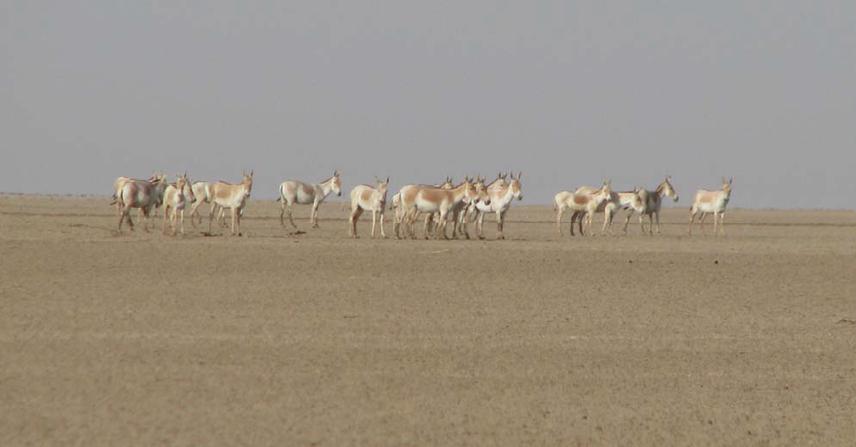Chittaranjan Dave
This program intends to assess and mitigate the conflicts between last surviving population of Indian wild ass and agropastoral community in the potential corridors between Little and greater Rann of Kachchh through examining the trends in seasonal population dynamics and dispersal as well as mass awareness programs.

The last surviving population of this endemic equid, Indian Wild Ass (Equus hemionus khur) was once distributed throughout the north-western deserts of Indian subcontinent, which is now restricted to relatively smaller landscape of Little Rann of Kachchh in Gujarat. The natural dispersal of this endemic species in the adjacent agropastoral landscape has resulted into increased crop raiding incidences and subsequent conflicts with local communities. Since the last pocket of Indian wild ass population is vulnerable to epidemics and natural calamities, their dispersal in adjacent potential sites is crucial and hence, desirable. Therefore, to address the emerging problem it is important to understand the extent and mechanism of the conflicts and develop mitigation measures with the stakeholders.
The proposed work aims to generate baseline information on the relative abundance and dispersal patterns of the last surviving population of the endangered Indian wild ass along the potential corridor areas between Little and Greater Rann of Kachchh. The study will attempt document and quantify the conflict hotspots with extensive damage; vulnerable stages of different crop types; nature of loss either by foraging or by trampling; magnitude of crop raiding in terms of damage in proportion to total field size and monetary loss; and peak season for crop raiding by khur.
Simultaneously, an extensive awareness programs will help reducing antagonistic attitude towards wild ass in particular and wildlife in general which can help set guidelines for resolving conflicts at landscape level.
I also intend to involve students from different colleges and universities as volunteers for field data collection and nutritional analysis which would help getting them first hand experience of field and laboratory techniques. Besides, local youths would be involved as volunteers to document the crop raiding incidences and to help field team in formal and informal interviews with farmers and farm laborers, this would certainly help long term sustenance of the conservation initiative for this endemic and endangered mammalian species.